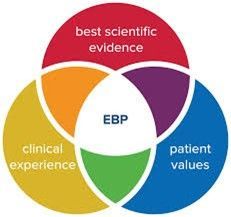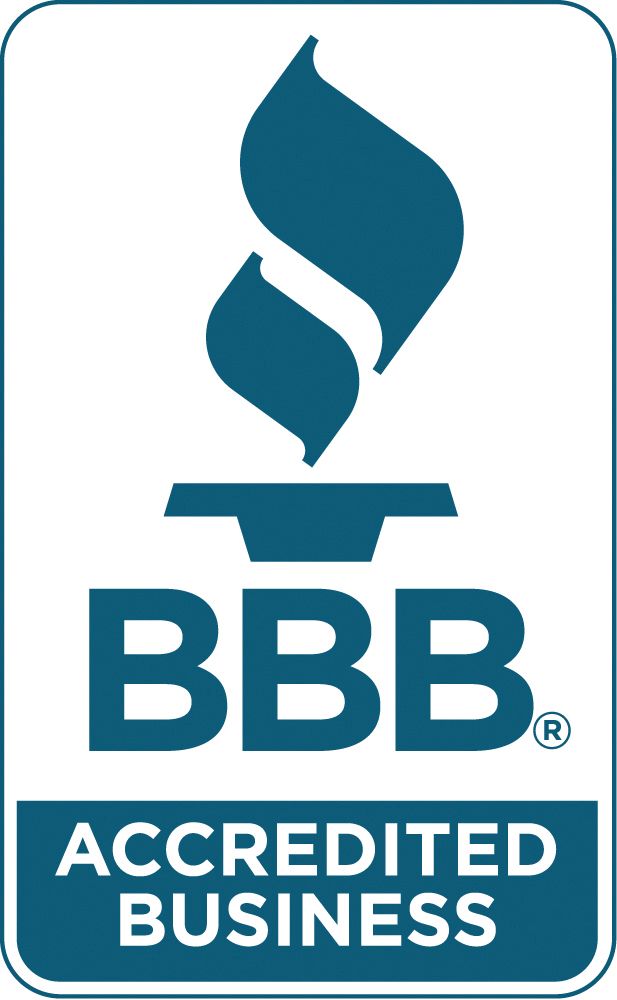College Readiness, Foster Youth, and MI – Partners in Success
Foster youth face significant obstacles in developing college and career opportunities. But some of the major barriers are their own perceptions of their future. Can Motivational Interviewing (MI) help them?
According to Honoring Emancipated Youth (HEY), the following statistics apply to foster youth:
• Foster care youth’s overall developmental delay is 6 times greater than the general population.
• 2/3 of young women formerly in foster care are mothers within 5 years of leaving foster care.
• 25% of emancipated youth are homeless.
• Youth with early unemployment are more likely to have lower future earnings and repeated joblessness.
• 80% of foster youth did not earn enough to be fully self-supporting 4 years after leaving care.
Although many programs exist to help foster youth, such as the Chaffee Grant and other services, this may not be enough for the youth. Many youths come from families where no one graduate high school, let alone went to college or a trade school. From years of abuse, trauma, and multiple placements, their self-view is not one of a positive future. When a foster youth doesn’t want to face the future, hasn’t positive attitudes about a career, how can a social worker get to them to even talk about opportunities?
One option is to use MI techniques, such as “Change Talk. There are four elements that a practitioner can apply that reduce a youth’s resistance to change and discuss their career-building skills:
1. The Status Quo – at the moment, many foster youths may be unhappy with their lives, but don’t want to change or make efforts. Talking to them about the disadvantages of their current beliefs, their worries, concerns, and the consequences of these actions aid them in being ready to adapt their beliefs.
2. The Advantages of Change – pairing the disadvantages of doing nothing, the practitioner talks about what happens if the youth tours a couple of community colleges or seeks a career. They also discuss what they want life to be like in 5,10, 20 years.
3. Optimism for Change – the practitioner asks the youth about times in their life where they made changes for the better. Recalling past successes bolsters the youth’s ability to see change as possible.
4. The Intention of Change – ask a youth on a scale from 1 (not at all) to 10 (extremely) how likely they are to have a career or go to college. Once there’s a number, the practitioner can ask why they choose it and what it would take to increase it to improve their intent to change.
Praxes offers courses such as College and Career Readiness and Motivational Interviewing. For more information, please contact us.




